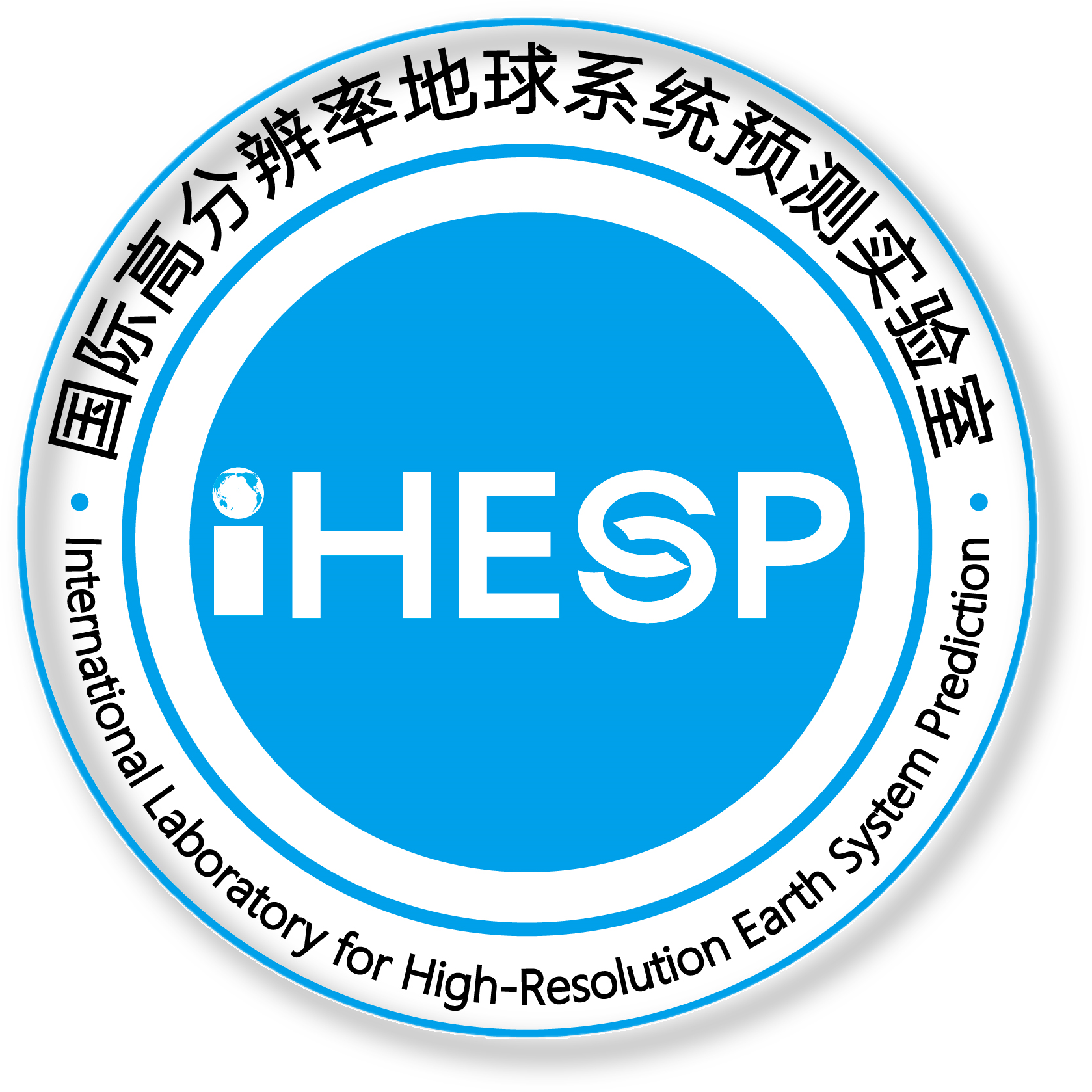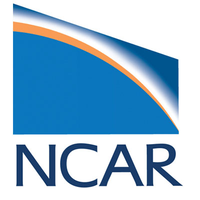



This dataset contains the years 2006-2100 of the 250‐year historical and future transient climate simulations (HF‐TNST) for the 1850–2100 period. The HF‐TNST simulation was branched from year 250 of PI‐CTRL. It uses historical forcings from 1850 to 2005 and representative concentration pathway 8.5 (RCP8.5) forcings from 2006 to 2100 in accordance with CMIP5 experimental protocol. This simulation was performed on the Sunway TaihuLight supercomputer at Wuxi, China. The data will be accessible from the International Laboratory for High-Resolution Earth System Prediction (iHESP) data server at Texas A&M University (TAMU). We have also previously released the first fully-optimized Sunway version of the Community Earth System Model code, which is publicly available through (https://github.com/ihesp) together with the original version of the code.
The simulation name-tags were based on the CESM1 convention.
This Community Earth System Model version is based on CAM5.4/CLM4.0, POP2 and CICE4.0. The cases were generated by CESM create_new scripts and modified using namelist changes. The external forcing uses the same CESM code base.
| Parameter | Value |
|---|---|
| Machine | The Sunway TaihuLight |
| Compset | B1850C5, 1850_CAM5_CLM40%SP_CICE_POP2_RTM_SGLC_SWAV |
| Resolution | ne120np4_tx0.1v2 |
| ATM_GRID | ne120np4 NX_ATM=777602 NY_ATM=1 |
| LND_GRID | ne120np4 NX_LND=777602 NX_LND=1 |
| ICE_GRID | tx0.1v2 NX_ICE=3600 NX_ICE=2400 |
| OCN_GRID | tx0.1v2 NX_OCN=3600 NX_OCN=2400 |
| ROF_GRID | r05 NX_ROF=720 NX_ROF=360 |
| GLC_GRID | ne120np4 NX_GLC=777602 NX_GLC=1 |
| WAV_GRID | null NX_WAV=0 NX_WAV=0 |
| Years | 2006 - 2100 |
| Time Frequencies Saved | monthly |
| Configuration | |
| ATM/LND/ICE_NCPL | 96 |
| OCN_NCPL | 48 |
| ROF_NCPL | 8 |
| CCSM_CO2 | 284.7 ppmv |
When presenting results based on these datasets in either oral or written form, please acknowledge the iHESP and QNLM. The reference list:
The iHESP project seeks to develop a new advanced modeling framework for high-resolution multiscale Earth System predictions and provide reliable information at both global and regional scales, taking full advantage of the combined expertise of three world-class institutions, QNLM, TAMU, and the National Center for Atmospheric Research (NCAR).